Boutique de hanbok de Lee Seo-yun (이서윤한복)
3.2Km 2022-09-21
7, Hyoja-ro, Jongno-gu, Seoul
+82-2-735-4250
Les hanboks de Lee Seo-yun sont créés pour allier motifs coréen traditionnels et designs occidentaux. Les tissus utilisés dans la fabrication des hanboks sont tissés et teints à la main. La boutique propose en grande partie des robes du soir, des robes de mariée, des ornements, des oreillers et des coussins pour s’asseoir. Lee Seo-yun, la propriétaire de la boutique, a été responsable des costumes et des ornements pour la série télévisée coréenne Iljimae, et ses créations sont également apparues dans de nombreuses séries télé, spectacles de danse traditionnelle coréenne et défilés de mode.
Hangeureut (한그릇)
3.2Km 2021-03-18
136, Samcheong-ro, Jongno-gu, Seoul
+82-2-720-5613
A store that also serves delicious meat noodles. The best menu at this restaurant is rice soup. This is a Korean cuisine located in Jongno, Seoul.
Nunnamujip (눈나무집)
3.2Km 2020-06-16
136-1, Samcheong-ro, Jongno-gu, Seoul
+82-2-739-6742
Nunnamujip is famous for a North Korean dish called, “Kimchi mari guksu”, which is a noodle dish in cold kimchi soup containing toasted laver, a boiled egg, and sesame. The soup is refreshingly cold and a little spicy. For “Kimchi mari bap”, a bowl of rice is put into cold kimchi soup instead of noodles. The taste is very unique. In addition to Kimchimari, “Tteokgalbi” is a popular dish on the menu as well.
The main restaurant is located in the basement, which has only limited seating capacity with a few tables. As a result, many people usually wait in line for lunch or dinner. A second franchise has opened in a three-story building across the street. To enjoy a quaint atmosphere, the first establishment is better, but the new one’s interior design is much more modern and fancier, giving it a fresh altering look.
Eglise de Chungdong (정동교회)
3.2Km 2020-06-25
46, Jeongdong-gil, Jung-gu, Seoul-si
+82-2-753-0001
Introduction :
L’église de Chungdong, dont la construction fut achevée en 1989, est la première église protestante de Corée. A sa construction, sa surface était de 380 m², mais d’autres bâtiments ont été rajoutés à chaque aile en 1926, et elle mesure à présent environ 580 m².
L’église de Chungdong a été déclarée 256ème plus grand accomplissement, et possède une architecture de style gothique nord-américain. A l’intérieur se trouve un buste de son fondateur, le pasteur Appenzeller, et un monument commémoratif pour son 50ème anniversaire. En 1889, l’église a été mentionnée dans le mensuel « Church » comme étant la première église de Corée à proposer des cours d’étude de la Bible en été, et pour le travail de ses missionnaires. L’église de Chungdong se trouve au coeur de la charmante rue de Chungdong, particulièrement belle en automne, lorsque les pavés sont tapissés de feuilles mortes. Le quartier entier représente une intéressante destination touristique, car on y trouve également le théâtre Chungdong, le palais de Deoksugung et le musée d’art de Séoul.
Darakjeong (다락정)
3.2Km 2021-03-26
131-1, Samcheong-ro, Jongno-gu, Seoul
+82-2-725-1697
Darakjeong has been popular for a long time because of the simple taste of its traditional Mandu (Korean stuffed dumpling). Since its opening in 1991, tasty soup and scrumptious Mandu have been served. A fist-sized Mandu is fully packed with seasoned meat, bean-curd, and various vegetables. Its thick dough makes it chewy and delightful. For one person, “Manduguk”(boiled dumpling soup) is a good choice. The delicious and nourishing taste of Mandu goes well with the sweet, spicy, and fresh taste of the soup. Manduguk is served in a brass bowl which keeps the food warm while eating. For a large-size group, “Mandujeongol” cooked with various vegetables in a casserole is recommended. There are two types of Mandujeongol that have different tastes. The main characteristic of “Kimchi Mandujeongol” is its spicy flavor, which reminds people of the refreshing taste of Kimchi soup, and “Tojang Mandujeongol” expounds on the savory taste of bean-paste soup. Tojang means folk soybean-paste. “Nokdujeon”(a Korean pan-fried dish with green mung bean) is another famous dish at Darakjeong, which is pan-fried with a very light seasoning to emphasize the original taste of Nokdu (green mung bean). Salted oysters with hot pepper are served with Nokdujeon instead of soy sauce, which is a perfect match.
Patinoire de Korea University (고려대학교 아이스링크)
3.2Km 2020-04-29
145, Anam-ro, Seongbuk-gu, Seoul
+82-2-3290-4243
La patinoire en salle est située au premier sous-sol de Korea University à Anam-dong, dans l’arrondissement Seongbuk-gu de Séoul. Cette patinoire de taille olympique vous accueille tout au long de l’année.
Musée d'histoire Baejaehakdang (배재학당역사박물관)
3.2Km 2021-10-05
Séoul, Junggu, Seosomun-ro 11gil 19
+82-2-319-5578
Baejaehakdang est la première école d'architecture occidentale construite en Corée, en 1885 par Henry Gerhart Appenzeller (1858~1902). Le but premier de cette structure était l'enseignement de l'anglais, avant de devenir un grande centre d'instructions ayant formé quelques grands intellectuels en Corée. La structure est divisée en plusieurs écoles, avec son université, son lycée, et son collège.
Musée d'histoire de Baejaehakdang
Le musée a été fondé dans les murs du bâtiment Baejaehakdang en 2008, bâtiment classé au patrimoine coréen. En plus des expositions régulières et temporaires, le musée propose également des programmes d'éducation.
Suyeonsanbang (수연산방)
3.3Km 2016-12-16
8, Seongbuk-ro 26-gil, Seongbuk-gu, Seoul
Suyeonsanbang, a traditional Korean tea house located in Seongbuk-dong, was originally the house where the late Korean author Lee Tae-Jun wrote many of his books. Now, his estate has opened Suyeonsanbang’s doors to the public in the form of a charming and peaceful tea house. Famous for its savory tea, beautiful nature, and rich history, Suyeonsanbang has been covered by a variety of foreign media outlets like NHK (Japan), BBC (UK), French TV channels, and numerous Japanese magazines. To take a break during the summer heat, visitors come to Suyeonsanbang to try their patbingsu (shaved ice with red beans), one of its summer specialties. So come relax and be inspired in this traditional Hanok tea house.
Mokposan Kkotgejjim (목포산꽃게찜)
3.3Km 2021-03-29
325, Majang-ro, Seongdong-gu, Seoul
+82-2-2292-1270
A restaurant frequently featured in Korean gourmet programs. The best menu at this restaurant is steamed blue crab. This Korean dishes restaurant is located in Seongdong-gu, Seoul.
Grand Hyatt Seoul (그랜드 하얏트 서울)
3.3Km 2021-02-27
322, Sowol-ro, Yongsan-gu, Seoul
+82-2-797-1234
The Grand Hyatt Seoul is an international business hotel located 10 minutes away from the center of the city and 20 minutes away from Yeouido and Gangnam, boasting a view of the Hangang River to the south and the scenery of Namsan Mountain to the north. It is also located only 70 minutes and 50 minutes away from Incheon International Airport and Gimpo International Airport respecitvely, making the hotel a convenient option for international travelers.
Grand Hyatt Seoul has twelve restaurants and bars that serve authentic meals and develop menus that lead the culinery trend. The hotel is also equipped with conference rooms, sports facilities, and spa services.
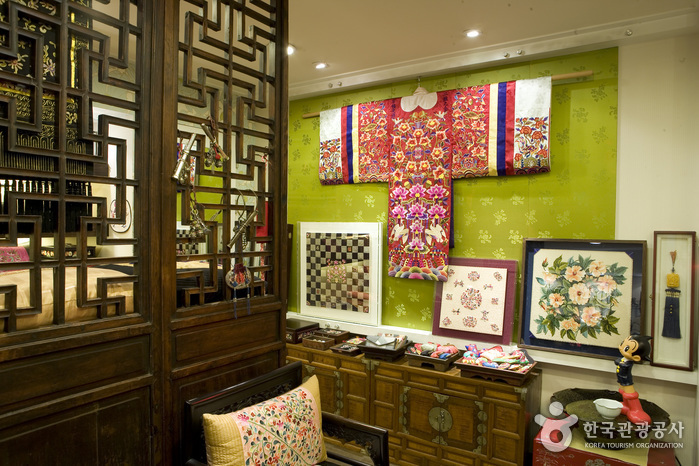
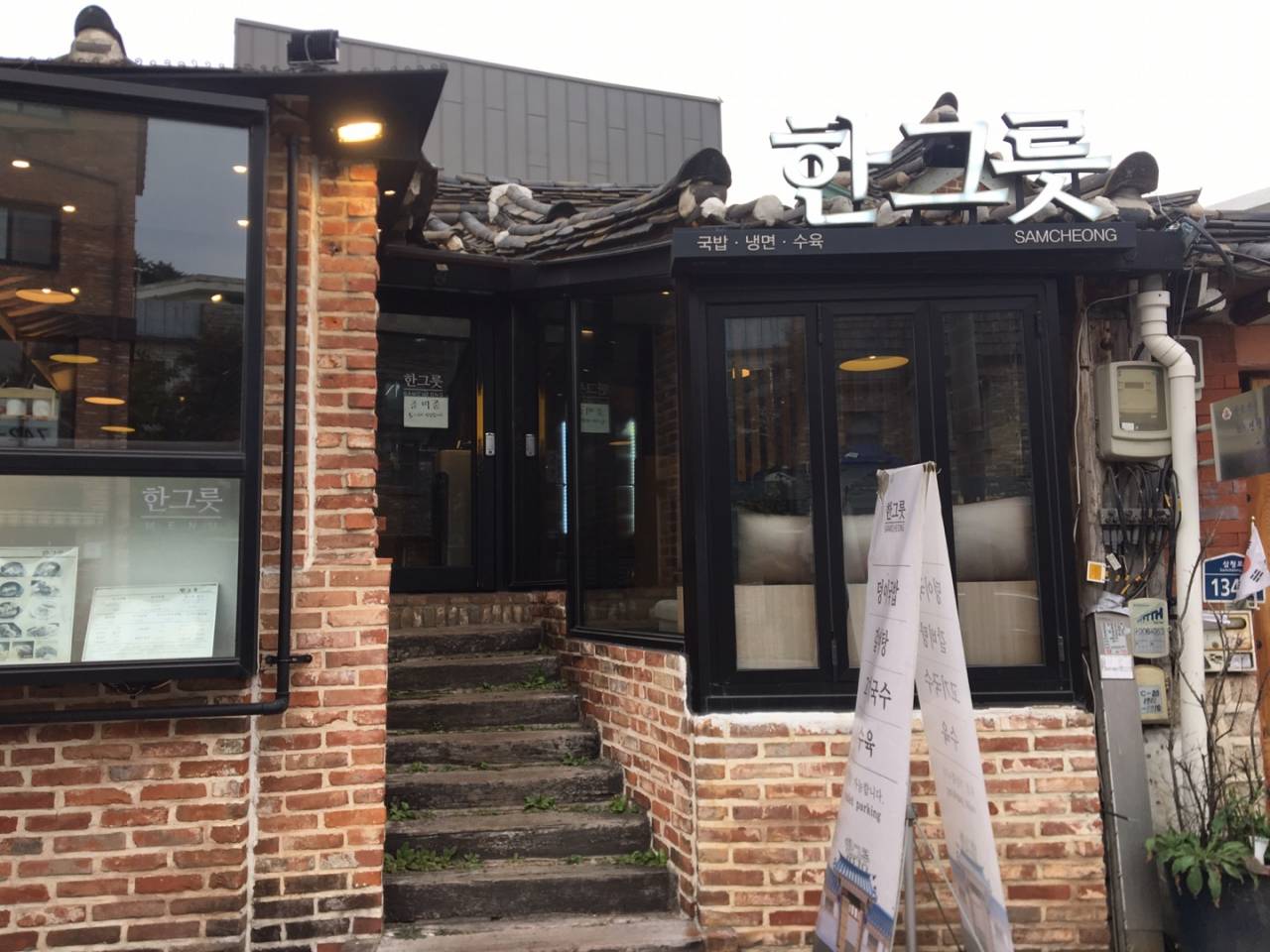
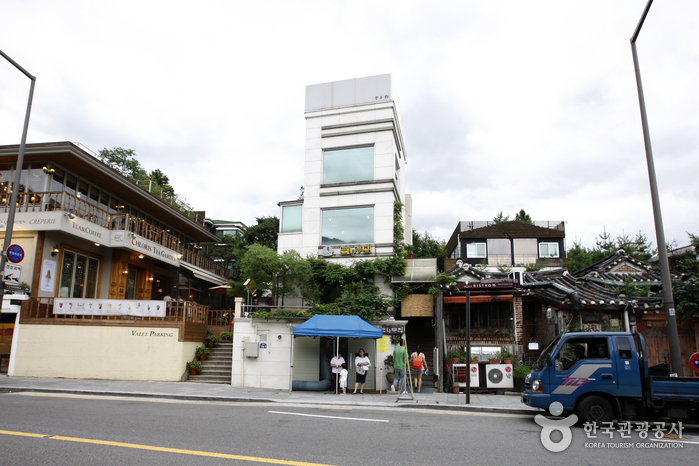
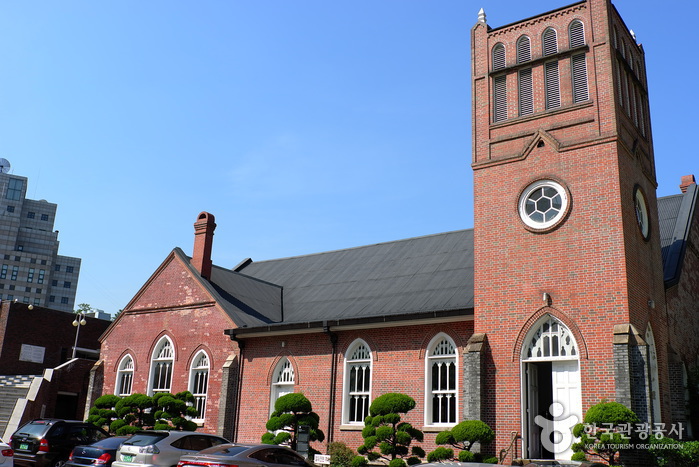

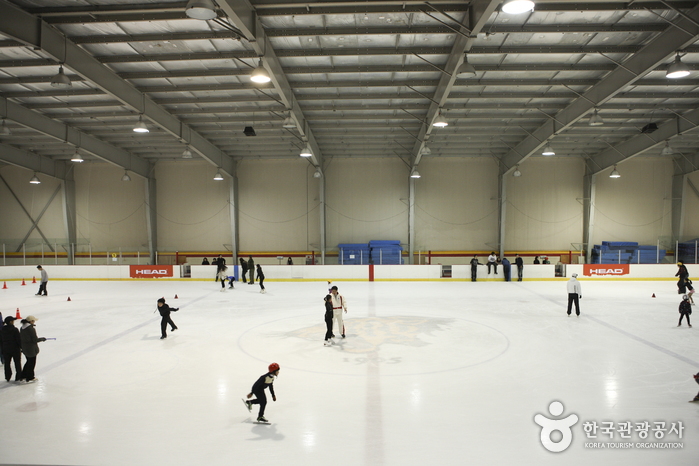
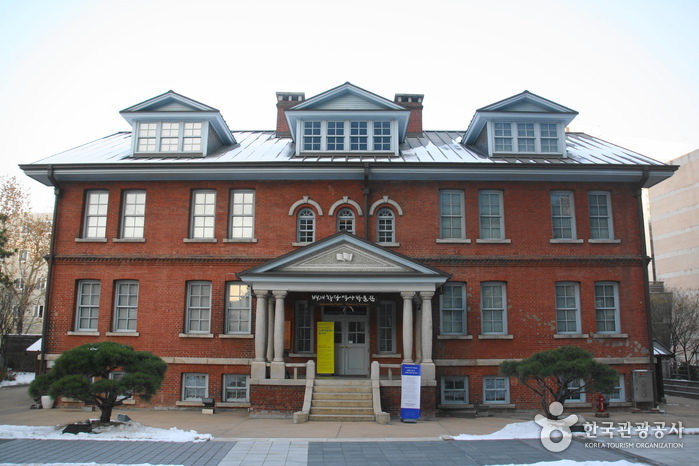
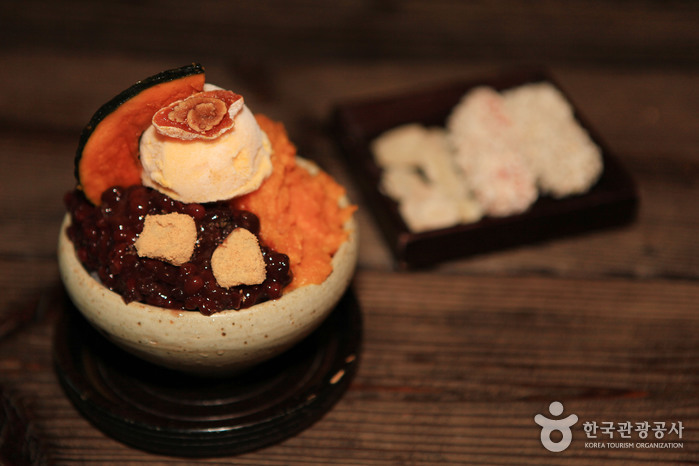
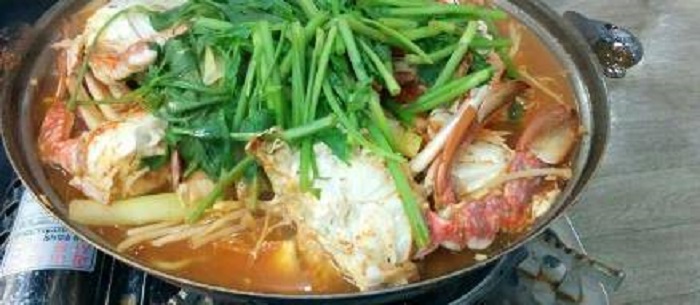

 Français
Français
 한국어
한국어 English
English 日本語
日本語 中文(简体)
中文(简体) Deutsch
Deutsch Español
Español Русский
Русский